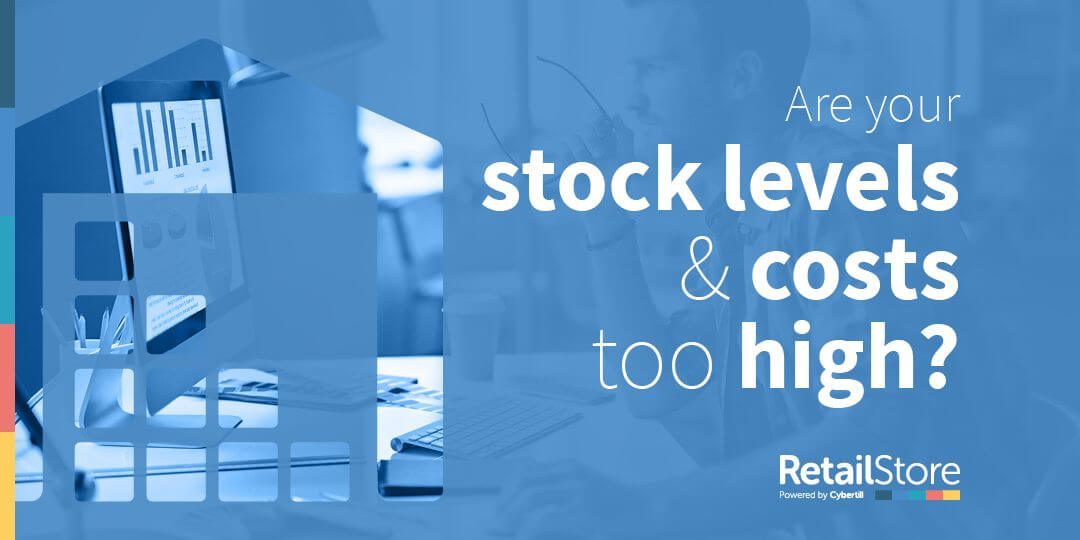Every retailer needs stock – that’s a given, its your most important asset. If you are selling over more than one channel it is vital that you get your stock levels right and for some it’s a fine art.
As a retailer, you’ve likely encountered a disheartened customer when an item they have fallen in love with isn’t in stock in your shop or not available in a certain size or colour. Delivering the best possible customer experience is crucial at this point; simply saying ‘sorry it’s not in stock’ won’t cut it anymore – a customer will expect a solution. In this instance you should be able to rely upon your retail system to provide a solution; let the customer know when the item will next be available, if it is available online or in another store, or even let them pay there and then and have the item delivered to their home.
If your stock control isn’t cohesive with your retail system and all your channels, then chances are your cost of holding stock is higher than it needs to be. Every business tries to keep costs to minimum, so why should retailers be any different?
 What you need is an accurate real-time retail system that:
What you need is an accurate real-time retail system that:
- Allows you to set replenishment levels using either a minimum and maximum stock algorithm or a variety of sales algorithms that can go direct from your warehouse to store.
- Provides you with the ability to offer your customers with inter branch transfers so you can take a customer order and have the item delivered from one of your other stores.
- Purchase orders that can be booked directly into your store room, warehouse, multiple warehouses or to branch.
- Full reporting on all “in transit” items, showing if there are any discrepancies between the quantity of units sent out from suppliers to your warehouse or store, allowing you the retailer to conveniently resolve any disputes and correct branch stock levels accordingly.
- Stock audits and tracking with every change of stock level, reducing the levels of dead stock.
- Prevent zero stock items from being available online which can reduce customer confidence with your brand.
- Reserving stock online once it has been placed into a basket and setting a time limit on how long the item is reserved for.
- Provides you with the option to let your customers reserve and collect non-deliverable products ordered, click and collect for convenience or even buy in store and have delivered to a home address.
It is estimated that around 55 hours per week is spent by small businesses on paper based processes, causing friction along their supply chain. As your customers and business needs change, you need to look at the capabilities of your current retail system and review if it is right for you. Can it meet those stock and inventory requirements? Does it offer you the flexibility and scalability for the future of your business?
If your current retail system can’t support your requirements, then it’s time to rethink your strategy and decide if its time to invest in an intelligent EPoS system – or even better, a Cloud EPoS solution.
5 key questions to ask yourself:
- Can you view live stock levels ensuring you only sell what you have in stock?
- Can you predict sales levels throughout the year, so you can prepare for peak trading periods with the right stock levels?
- Does your current system support Matrix products for items with multiple styles?
- Are you able to report on best and worst selling products?
- Can you view your most and least profitable products?
To help you decide which retail system is best suited to your business download the FREE short guide:
Which EPoS System is Right for You?
10 Insights to help you sell more and manage less

Rachel is passionate about retail and the ever-changing retail technology environment, with a keen eye for upcoming retail trends that are set to shake up the sector.


